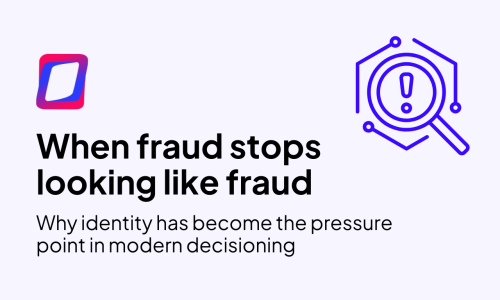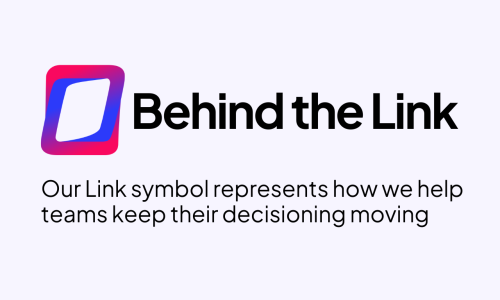Fraud: a very real threat to 80% of professionals
Four out of every five treasury and finance professionals worldwide agree that they have experienced at least one fraud attempt throughout 2022. This data is revealing of the extent to which fraud continues to be a threat to the financial health of companies and society. It is one of the key findings of the recent Treasury Fraud & Controls report, led by the specialized consulting firm Strategic Treasure.
The release of the report is accompanied by a one-hour webinar, in which we aimed to focus attention on the most relevant aspects discussed in it, presented by three key participants: Stephanie Villatoro, Director of Global Treasury at Carnival Corporation; Eric Adams, Director of Fraud Strategy at Bottomline Technologies (a collaborating entity in the study); and Craig Jeffery, founder and director of the report’s authoring firm, who also served as the webinar moderator.
One of the main conclusions of the survey, as previously mentioned, is that the risk of fraud remains a “significant concern” for companies. Therefore, it is not surprising that many organizations are implementing more rigorous control measures to mitigate this risk. The figure of 80% of respondents reporting at least one fraud attempt in the past year gains greater significance when considering the survey’s sample population: 423 treasury and finance professionals from around the world.
Monitoring, prevention, and authentication
Among these more rigorous control measures, there is a wide variety of tools and technologies to protect against fraud. Some notable ones include multi-factor authentication, encryption, and transaction monitoring. However, it should also be noted that the implementation of these security measures is a challenge for many organizations, mainly due to the lack of resources and technical complexity.
Going into detail, these are the technologies most mentioned in the survey:
- Account monitoring tools: Used to identify unusual activities in bank accounts and alert treasury personnel to potential fraud.
- Phishing prevention solutions: Used to prevent employees from falling into phishing traps, a common technique used by scammers to obtain confidential information.
- Multifactor authentication solutions: Used to ensure that only authorized individuals have access to accounts and financial data, reducing the risk of internal fraud.
The importance of outsourcing
Regarding the management of these technologies, according to the data provided in the webinar, many companies are opting for third-party solutions instead of developing their own in-house solutions. In other words, outsourcing is preferred by a majority, as it allows them to leverage the experience and specialized knowledge of technology providers, such as GDS Modellica.
Additionally, the webinar discussed the challenges of account management and the importance of implementing proper onboarding processes to ensure identity verification and reduce the risk of fraud. In this regard, it was mentioned that “many companies are implementing process automation technologies” to improve efficiency and reduce errors in account management and identity verification.
While no explicit mention was made of credit activities or lenders, we consider the obtained data relevant because the management of financial risks, including credit risk management, is an integral part of treasury practices and financial management in general. Therefore, it is likely that companies seeking to prevent and detect fraud in their treasury operations will also implement practices and solutions to manage credit risk and prevent fraud in this area.
The emerging threat: BEC
Another important topic discussed in the webinar is the growing threat of Business Email Compromise (BEC) fraud. This is a form of fraud in which attackers impersonate legitimate employees or business partners and request money transfers or confidential information. The survey found that this form of fraud is a growing concern for companies, and many organizations are implementing specific control measures to mitigate this particular risk.
Lastly, we shouldn’t overlook another significant aspect of this webinar: the importance of education and training in fraud prevention. Respondents to the Treasury Fraud & Controls survey reported working on raising awareness and educating employees about the risk of fraud and the control measures they should follow. This includes training in identifying fraudulent emails and verifying money transfer requests.
In summary, the webinar complements the report in a highly appropriate manner. We recommend downloading and reading the report from this page for its valuable information on trends and challenges in fraud risk management.
Recent articles

When Fraud Stops Looking Like Fraud
Read article
Behind the Link
Read article





